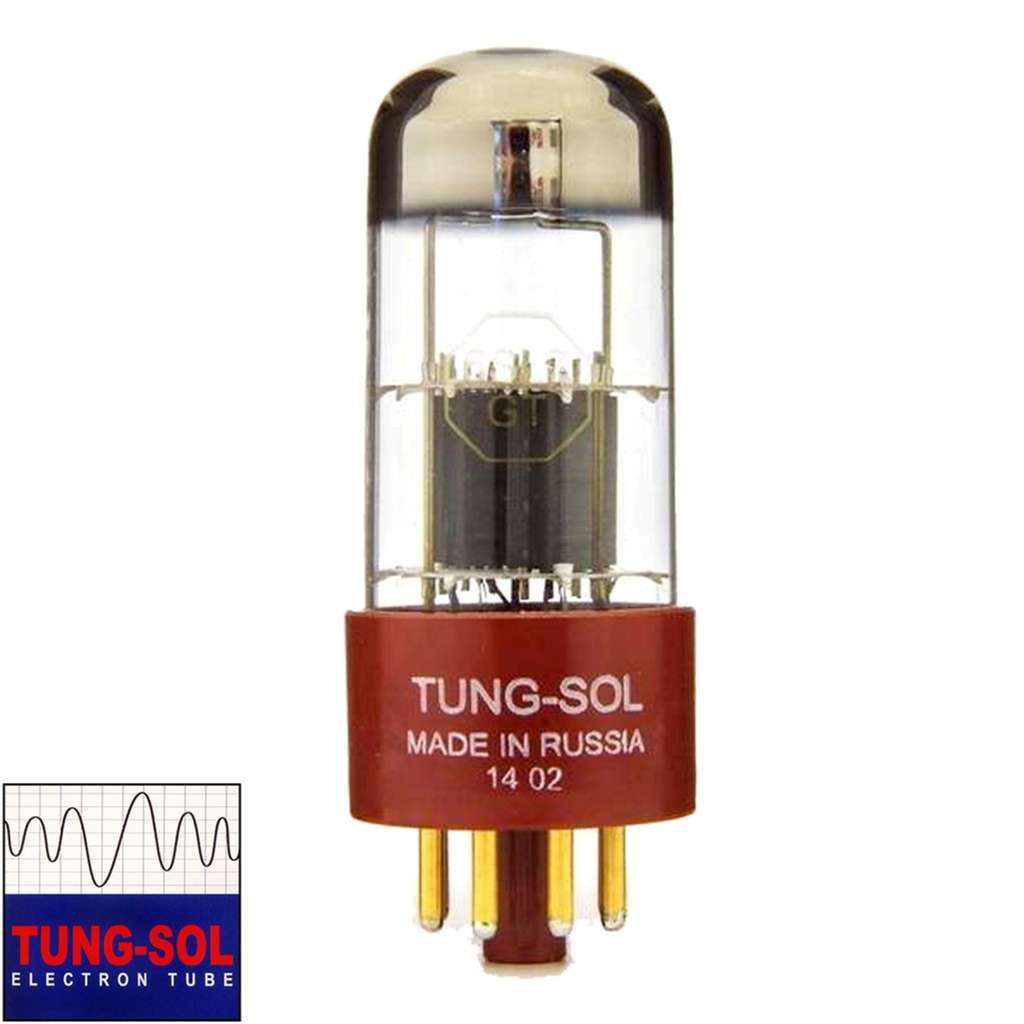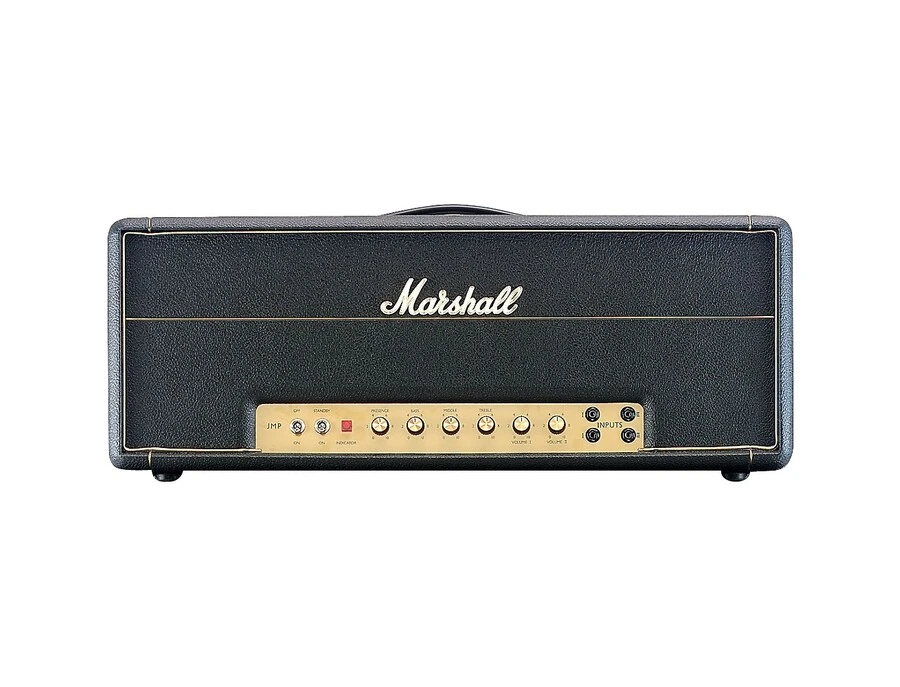Published by IWISTAO
In the world of vacuum tubes, certain models have achieved legendary status—think EL34, 300B, or EL84. Yet beyond these icons lies a wide range of underrated tubes that deserve recognition. One such example is the 6P1 (6П1 in Russian notation), a small power pentode that once found its way into countless vintage radios and amplifiers across the Soviet Union and China. Today, the 6P1 continues to attract DIY enthusiasts and collectors for its affordability, charm, and unmistakably vintage sound.
The story begins in the mid-1950s with the original 6P1, an audio output beam power tube manufactured in Great Britain by Ediswan (a company formed from the union of Edison and Swan). This tube featured an Octal base, a standard of its time, and was designed for use in consumer electronics. Its primary application was in the audio output stages of radio and television receivers, which were rapidly becoming household staples. There is a diagram of the radio application below.

And Shuguang tube 6P1 applies to power amplifier of our tube FM radio.
According to data from , the Ediswan 6P1 typically operated with a 6.3V filament and could deliver around 4.2 watts of power. However, like many components from that era of rapid technological advancement, its time in the spotlight was brief. As noted by , the tube was introduced in the mid-1950s and considered obsolete just a decade later, eventually being superseded by more advanced designs.
The 9-pin 6P1 has found a vast and enduring market in the world of modern, affordable Hi-Fi. It is the power tube of choice for a wide array of entry-level amplifiers, making the coveted "tube sound" accessible to a broader audience.
Technical Overview
The 6P1 is a beam power pentode, roughly comparable to the 6AQ5 (EL90), though not pin-compatible with the more famous EL84 (6P14).
-
Heater voltage/current: 6.3V / 0.45A
-
Maximum plate voltage (Va): 250V
-
Maximum screen voltage (Vg2): 250V
-
Plate dissipation: ~9W
-
Transconductance (gm): ~3.8 mA/V
-
Output power: Single-ended (SE) 2.5–3.5W
These ratings place the 6P1 in the low-power category, making it well-suited for modest listening environments, desktop systems, or vintage radio restoration projects.
These amplifiers are often configured in two main ways:
-
Single-Ended (Class A): This design is praised for its sonic purity and detail, though it offers lower power output, typically around 2 to 8 watts per channel. Amplifiers like the IWISTAO 6P1 are popular for driving high-sensitivity speakers.

-
Push-Pull (Class AB): This configuration uses pairs of tubes to deliver higher power, often reaching 12 watts per channel or more.

Sound Characteristics
Enthusiasts describe the 6P1 as having a soft, vintage tonal balance:
-
Mids: Smooth and natural, with a slightly romantic warmth.
-
Highs: Gentle and easy on the ears, though less detailed than EL84 designs.
-
Bass: Limited extension, but adequate for small-scale listening setups.
Unlike high-power tubes, the 6P1 doesn’t aim for authority or scale. Instead, it shines in intimate sound reproduction, particularly with vocals, acoustic instruments, or old-school jazz.
Applications
1. Vintage Radios
In the 1950s–1970s, the 6P1 was widely used as the output stage in Soviet and Chinese domestic radios. Many classic tabletop receivers owe their mellow tone to this humble tube.
2. Small Hi-Fi Amplifiers
For DIY builders, the 6P1 offers an accessible entry point into tube audio. A single-ended 6P1 amplifier delivers around 3W per channel, sufficient for high-efficiency speakers (90dB/W/m and above). In push-pull designs, 8–10W becomes available—ideal for small room hi-fi listening.
3. Guitar Practice Amps
Thanks to its low output power, the 6P1 can also serve as the heart of a bedroom-friendly guitar amplifier, delivering smooth overdrive and natural compression without excessive volume.
6P1 vs. 6P14 (EL84)
A frequent question among tube hobbyists is whether the 6P1 can replace the 6P14 (EL84). While similar in appearance, their characteristics differ:
| Feature | 6P1 | 6P14 (EL84) |
|---|---|---|
| Heater | 6.3V / 0.45A | 6.3V / 0.76A |
| Plate diss. | 9W | 12W |
| SE Power | ~3W | ~5W |
| PP Power | ~10W | ~17W |
| Tonal profile | Soft, vintage | Dynamic, lively |
In short, the 6P1 is gentler and more retro-sounding, while the 6P14 is more dynamic and widely adopted in modern hi-fi and guitar amps.
Why Choose the 6P1 Today?
-
Affordable: Compared to the inflated prices of NOS EL84 or 300B tubes, the 6P1 remains inexpensive and readily available.
-
Unique tone: Its softer, nostalgic voice appeals to those who enjoy vintage musicality over analytical precision.
-
DIY-friendly: Simple circuits, lower voltage requirements, and abundant surplus tubes make it ideal for beginners.
Conclusion
The 6P1 may not boast the fame of its bigger cousins, but it offers something equally valuable: authentic vintage sound with approachable design requirements. For anyone curious about tube audio, experimenting with a 6P1 single-ended or push-pull amplifier can be a rewarding and affordable way to experience the warmth of classic vacuum tube music reproduction.
Whether restoring an old Soviet radio or building a DIY desktop amplifier, the 6P1 proves that sometimes, less power brings more character






